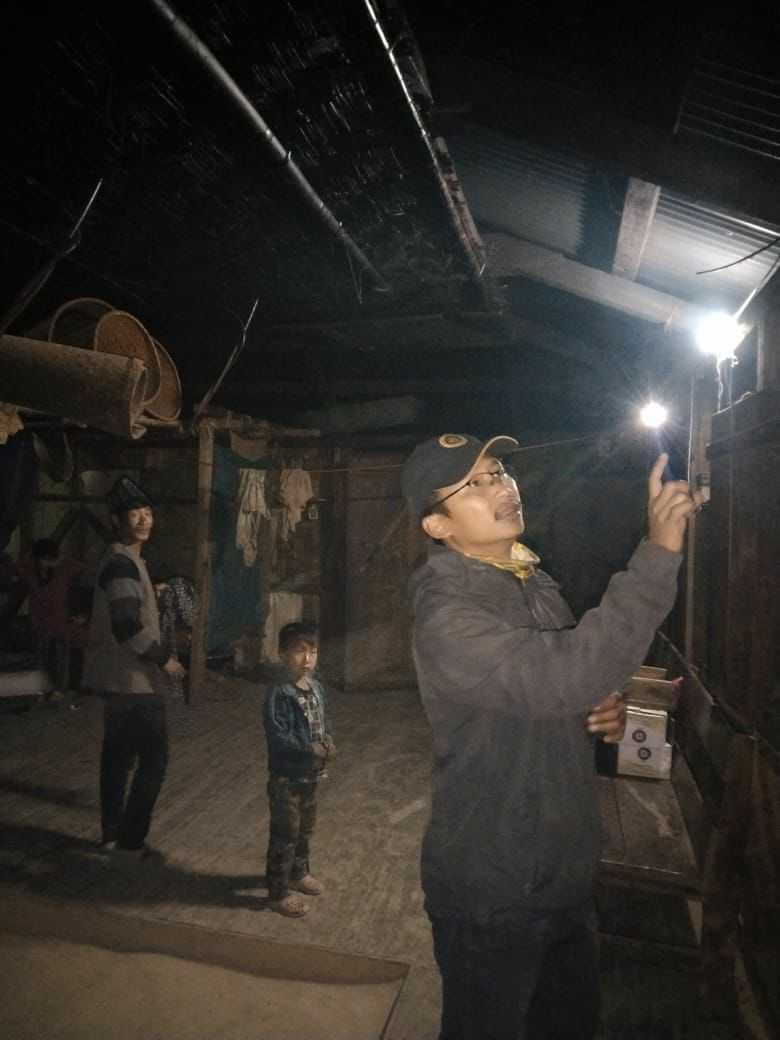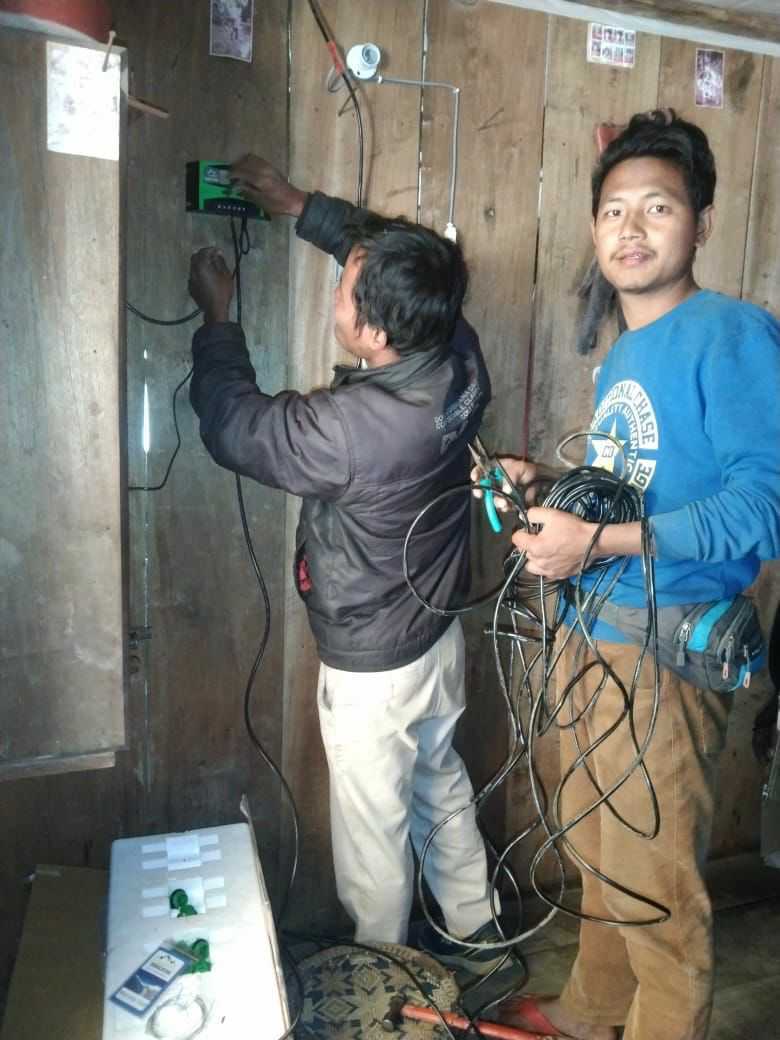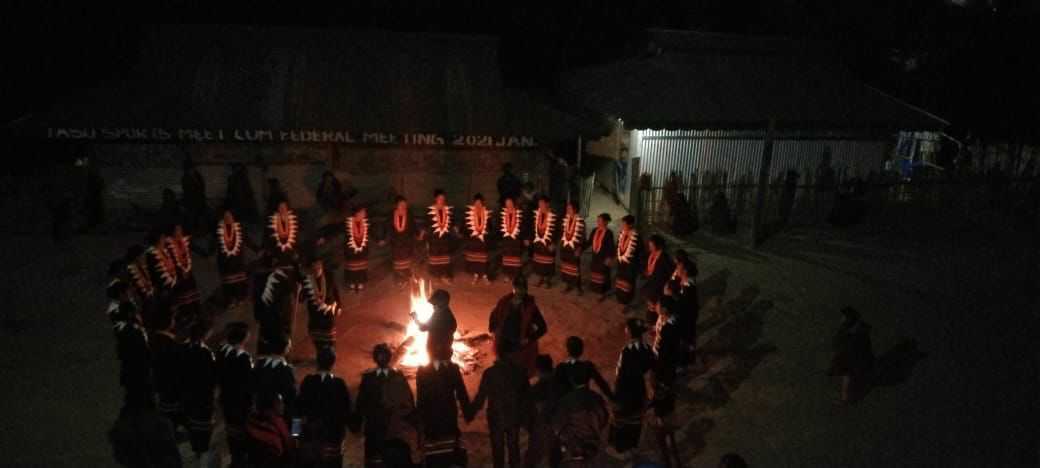February 16 will always be etched as a historic date for residents of Nagaland’s Shinnyu village along the India-Myanmar border. The village in Mon district was finally electrified after 44 years and bamboo torches were laid to rest.
As soon as the electrician turned on solar-powered bulbs, a deafening cheer erupted throughout the village, comprising 60 families of the Konyak Naga community.
Some expressed the desire to purchase mobile phones, students were relieved and some made plans to conduct social gatherings at night. Sweets were distributed, tears of joy flowed and myths of electrocution were busted.
Multiple plans and wishes welcomed the arrival of power in this nondescript village where several electrification plans ended up failing in the past.

The village, which also has a primary school, a guest house, a community hall and a church, was set up in 1977. It was officially recognised in 2002. It is one of the remotest villages of India with the district headquarters 12 hours away and the nearest town (Tobu) is a journey of six hours.
Due to lack of connectivity, the village has remained cut off from the rest of the world. There are barely any roads, let alone access to proper internet.
The darkness finally paved the way for the light thanks to a social media post by a government school teacher, John Khangnyu.
The 33-year-old was posted in the government school six years ago. He had to walk for nearly 12 hours to reach Shinnyu. Originally from Tobu, John would travel for several hours to charge his phone battery when he arrived.
“I was very surprised to see this village aloof from the world. Students would move out of the village for higher studies due to darkness, women faced issues using the toilet in the night and all the activities had to be done before dusk. So, I decided to make an appeal on social media and see if anyone had solutions,” John says.

He wrote about the difficulties faced by the villagers, including the lack of electricity, mobile network, improper roads, insufficient access to health and education.
The post was noticed by John’s Facebook friend and he helped him connect with the Global Himalayan Expedition (GHE) in 2019. The organisation is widely known for setting up micro solar grids to electrify the remotest villages of India.
According to GHE’s instructions, John conducted a survey of the village and its electrical needs. GHE collaborated with the Mon district administration to execute the project under corporate social responsibility, which cost Rs 23,00,000.
A team of 10 people comprising officials, GHE members and engineers travelled for nearly 16 hours from Mon with solar panels and installed the micro grids to light up every house and community places like school and church.
Today, each house is equipped with a 170-watt solar panel, battery, two mobile charging points, two tube lights and three LED bulbs. There are 11 solar street lights.
The villagers were so excited with the installation of solar grids, that they looked after the food and lodging for the technicians. They also decided to collect Rs 100 every month for its maintenance. Three people from the village were trained to look after the care and maintenance of solar panels.
With stories like these it is amazing to see the tremendous impact social media can have, aside from connecting us with friends and family.

(Edited by Yoshita Rao)
No comments:
Post a Comment